Description
Trilobite Sp. Proteus, Late Devonian, 360 Million Years Old, Morocco.
This black trilobite measures 18mm (3/4″) on a grey matrix.
Proteus is a species of trilobite and was part of the Proetidae family of trilobites. First appeared in the Upper Ordovician, and were among the last surviving trilobites, that survived until the Middle Permian.
Trilobites are an extinct group of marine arthropods that thrived during the Paleozoic Era, roughly 521 to 252 million years ago. Characterized by their three-part body structure—consisting of a cephalon (head), thorax (middle section), and pygidium (tail)—trilobites exhibited a remarkable diversity of shapes and sizes, with over 20,000 species identified. These creatures were among the earliest known complex life forms, evolving during the Cambrian period and becoming widespread in various marine environments. Trilobites played a crucial role in the ecosystem as both predators and prey, and their fossilized remains provide valuable insights into early life on Earth and the conditions of ancient oceans. They began to decline during the late Devonian period and ultimately went extinct in the Permian-Triassic extinction event, leaving a rich fossil record that continues to fascinate paleontologists today.
All items from Ancient Artifacts & Treasures, Inc, carry a lifetime guarantee of authenticity.

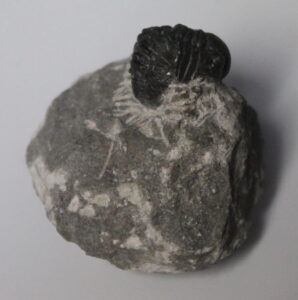
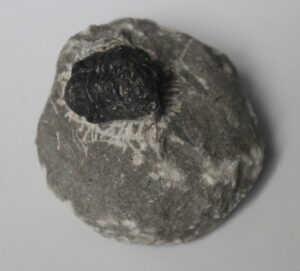


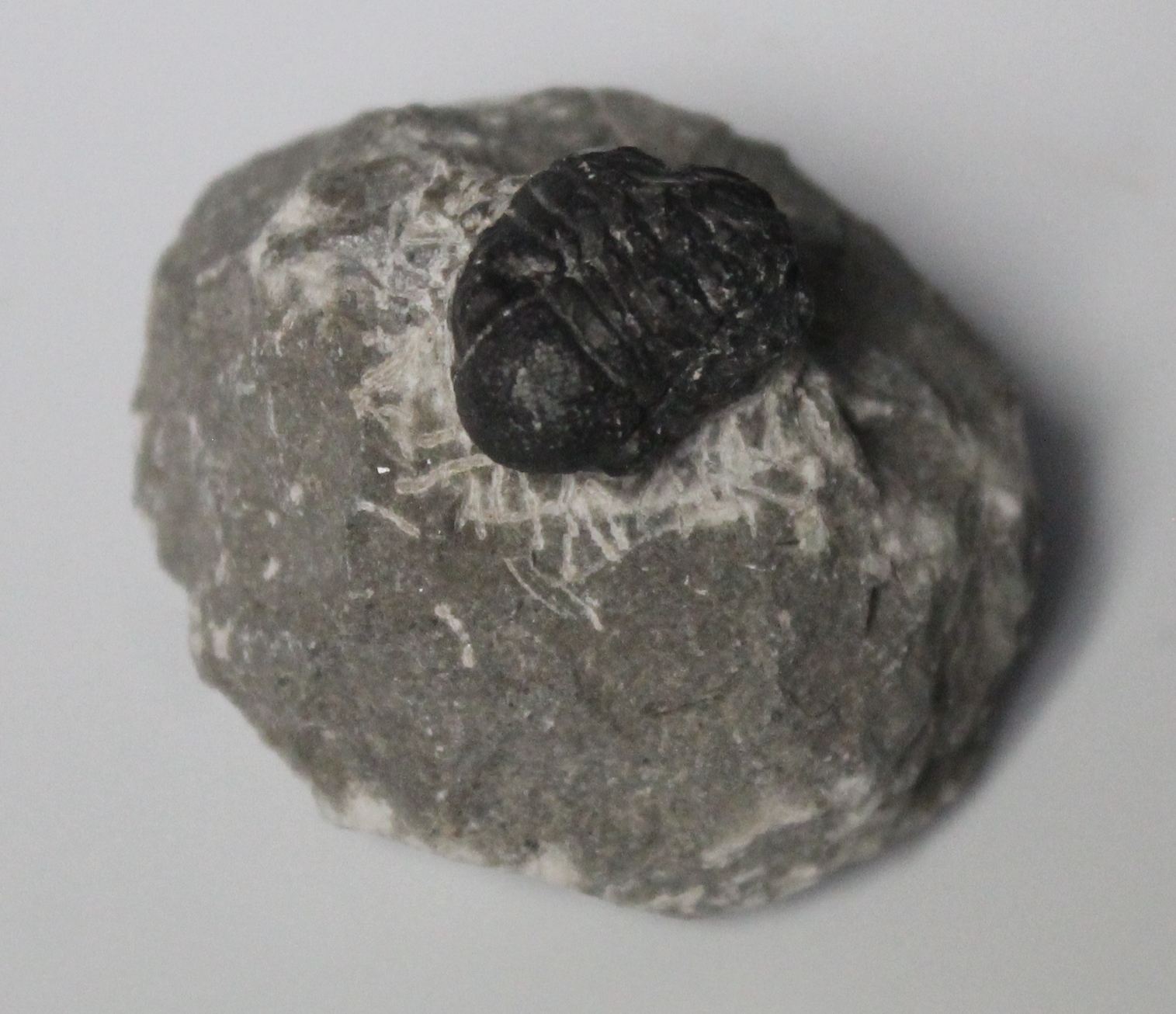
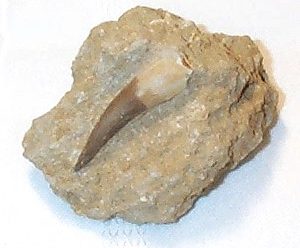

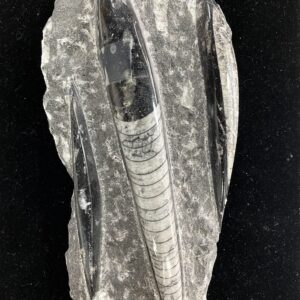
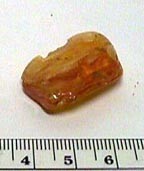


Leave a Reply
You must be logged in to post a comment.